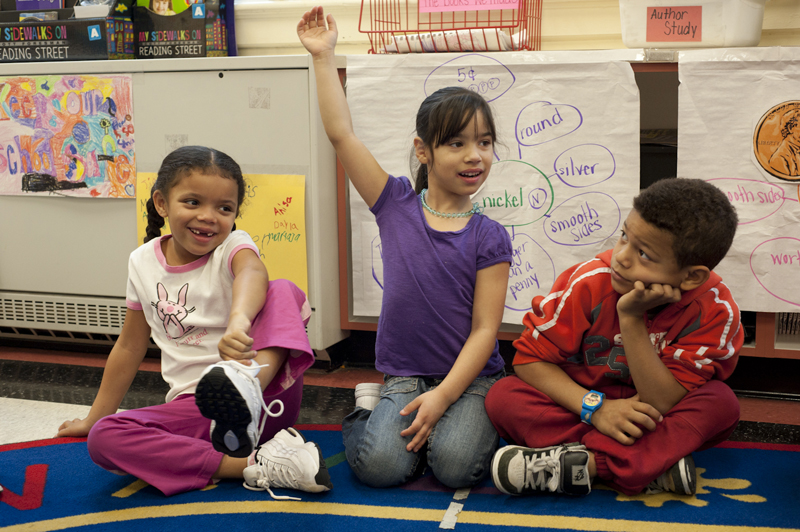Revisiting Classroom Rules

 How often do you revisit classroom rules? Most teachers establish rules at the beginning of the year, and many devote time to modeling and practicing rules with students in the first weeks of school. After that, however, the amount of time spent thinking about what rules mean and how to live by them often drops off dramatically.
How often do you revisit classroom rules? Most teachers establish rules at the beginning of the year, and many devote time to modeling and practicing rules with students in the first weeks of school. After that, however, the amount of time spent thinking about what rules mean and how to live by them often drops off dramatically.
Students cannot possibly learn all they need to know about how to live and behave as a community during the first weeks of school. As the year goes on, the time students spend together deepens their understanding of how to truly care for each other and the classroom. That’s why it’s important to keep discussing and practicing the rules all year long. Useful times to review the rules include:
- A couple months into the school year (after routines are well established and students are coming together as a community)
- When a new student joins the class
- After a long holiday break
- Whenever students are struggling to meet behavior expectations
Be on the lookout for new and different ways to revisit the rules. One simple yet powerful activity is to have students write or make drawings about people following classroom rules. This assignment prompts reflective thinking and helps both younger and older students develop positive, concrete images of what it looks and sounds like to be part of a community and follow that community’s rules. The video below shows first grade teacher Courtney Fox getting her students started on this activity. She gathers the class as a group and asks them to think about ways they might follow each of their classroom rules. After a brief discussion and sharing some examples, the students follow up by drawing themselves doing what they imagined.
You could also create a “looks like/sounds like/feels like” chart (also called a Y-chart) with students. This activity helps students envision the positive benefits of changing their behavior, and it heightens their understanding by allowing them to reflect on concrete ways to live out their classroom rules. Once created, the chart serves as a visual reminder and can be referred to in future conversations. The video below shows teacher Suzy Ghosh having such a conversation with her third graders. She uses a Y-chart to help her class explore how it will look, sound, and feel to follow their classroom rules in the lunchroom. By the end of the conversation, the students have a strong, positive vision of lunchroom behavior and expectations.
January is a great time to give these strategies a try because they refocus students’ attention on a positive classroom community after the holiday break and help them (and you) get off to a positive start in the new year. Keeping the rules ever-present in students’ minds gives you the ability to ask “What do our rules say about…” when challenging situations arise. Students will be able to see what they’re doing well, what they can improve on, and what changes might help them better succeed.
Learn more about these and other strategies for teaching positive behavior:
Tags: Classroom Rules, Revisiting RulesResponsive Classroom for Music, Art, PE, and Other Special Areas
